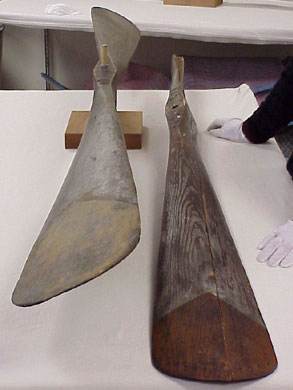
The propeller was the last great challenge faced by the Wrights before their first successful powered flight. The Wrights had recognized that control would be essential to success, and had to be mastered first. Only when they were satisfied with their ability to fully control their unpowered gliders did they concentrate on the power and thrust needed to keep a powered machine aloft.
Their glider of 1902 was the culmination of their work in mastering control. Along the way, the Wrights became the first to correctly understand the actions of a wing in flight, develop the wind tunnel as a crucial testing device, and design and test the world’s first practical system for controlling an aircraft in flight.
As Wilbur stated in a 1901 lecture,”When this one feature[control] has been worked out the age of flying machines will have arrived, for all other difficulties are of minor importance.”
At this time, the Wrights did not yet know how complex the problem of the propeller would be, and that solving it would be one of their most significant contributions to aviation.
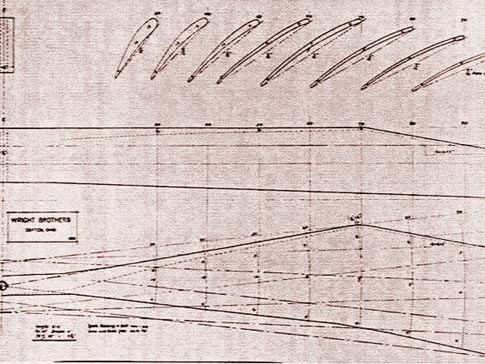
The Wrights began their work on the propeller with extensive research. They studied the available literature about propellers for both boats and aircraft and found it useless. Starting from scratch, the Wrights set out to develop a theory for the basic principles of propeller design. It was a difficult and frustrating process, but one that established the foundation of all future propeller design.
The Wrights’ own words tell the story best:
“…so far as we could learn, marine engineers possessed only empirical formulas, and the exact action of the screw-propeller, after a century of use, was still very obscure.”(Orville and Wilbur Wright, “The Wright brothers’ Aeroplane,” p.648; W. Wright to Octave Chanute, 18 June 1903, Papers, pp. 316-18.)
“What at first seemed a simple problem became more complex the longer we studied it. With the machine moving forward, the air moving backward, the propellers turning sideways, and nothing standing still, it seemed impossible to find a starting point from which to trace the simultaneous reactions. After long arguments, we found ourselves in the ludicrous position of each having been converted to the other’s side, with no more agreement than when the discussion began.” (Orville and Wilbur Wright, “The Wright brothers’ Aeroplane,” p.648.)
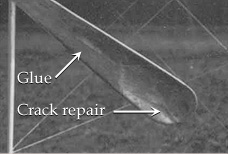
“It was apparent that a propeller was simply an aeroplane (wing) travelling in a spiral course. As we could calculate the effect of a wing traveling in a straight course, why should we not be able to calculate the effect of a wing travelling in a spiral course?” (Orville Wright, “How We Made the First Flight,” p.11.)
“…we worked out a theory of our own on the subject, and soon discovered, as we usually do, that all propellers built heretofore are all wrong, and then built a pair of propellers…, based on our theory, which are all right! (till we have a chance to test them down in Kitty Hawk and find out differently). Isn’t it astonishing that all these secrets have been preserved for so many years just so that we could discover them!!” (O. Wright to George A. Spratt, 7 June 1903, pp.310-15.)
There are some enduring questions about the Wright propellers:
Who carved them?
It is unknown which of the brothers actually carved the propellers. Wilbur made two references to the carving, and the tools used, but didn’t mention if he had done the carving himself. It is possible to assume that either brother could have carved the propellers, as both were skilled wood workers. When their factory was in production, shop workers handled the carving of the propellers.
Why are they painted with aluminum?
When the brothers made public trials of their flying machine, the exposed wooden parts were painted with aluminum paint to make it unclear to observers on the ground and in photographs whether or not the parts were made of wood or metal. It is unknown if this was the reason why the propellers were painted with aluminum as early as 1903.
The Wrights’ thrust test was the last hurdle before the historic flights of December 1903. The Wrights would only be able to test the the thrust of the propellers when they had assembled the machine in Kitty Hawk. With their engine producing more horsepower than predicted, the brothers strengthened the machine, adding to its weight. The test would determine if the propellers, designed for a lighter load, could produce enough thrust to power the machine into the air.
After frustrating delays for repair of the propeller shafts, which were damaged during the first runs of the engine, the Wrights tested the propellers’ thrust. The tests were a success, with the propellers producing all the thrust necessary for a successful flight.
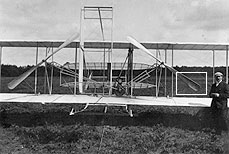
The Wrights’ commitment to exemplary scientific practice might be best illustrated by this test. They had developed a theory for aerial propeller design and function; proper tests to gauge the propellers’ performance had to be carried out before actual flights could be attempted.
The Wrights’ success would not have been possible without their pioneering work on the propeller. Not only were they the first practical aerial propellers ever made, but the first based in sound aeronautical theory. Indeed, the Wrights’ work became the foundation for all future propeller design.
Our Reproduction
Our team worked hard to create reproduction 1903, 1904, and 1911 propellers that perform exactly as the Wrights’ own. The biggest challenge was that the team would have to start nearly from scratch for these reproductions as The Wrights never patented their groundbreaking work nor produced a complete account of their inventive process.
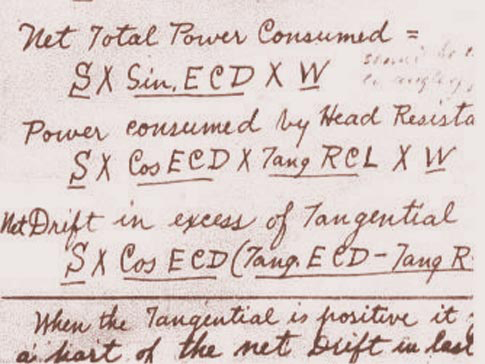
The team launched an exhaustive investigation to complete the historical record on the Wrights’ work and to produce a set of plans from which to carve the propellers. Only three primary sources about the Wright propellers are available: existing original propellers, surviving notes, and original drawings. In every case, the evidence was fragmented, and would have to be pieced together to form a complete technical description of each propeller.
The Wright Experience Team gathered as much evidence as possible from artifacts, notes, and drawings. Each type had its benefits and drawbacks. Only when used together could an accurate picture be drawn.
Generous loans of original propellers (from Marianne Hudec of the Wright family and the National Park Service) made it possible to conduct detailed studies of the propellers in unprecedented detail. Using sophisticated scanning technology in collaboration with Direct Dimensions, Inc. the team made precise three-dimensional measurements of the propellers. These yielded digital models that could be checked against the Wrights’ notes and drawings.
The Wrights calculated the shapes of their propellers in meticulous detail, leading to working plans suitable for carving. Though the complete written record no longer exists, the surviving notes served as valuable guideposts in reviewing the data made from the 3D scans. Detailed drawings existed only for the 1911 propeller, and were made in the Wright factory as shop plans for manufacturing the propellers in production.
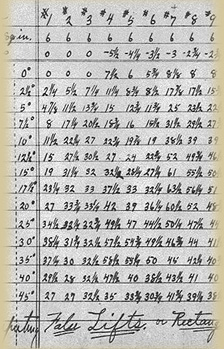
We wanted to recreate the Wrights’ methods in producing exact reproductions of the propellers. The goal was to follow the plans developed from their research as closely as possible. The team achieved excellent results using contemporary equipment on the 1904 and 1911 propellers. They then tried to unlock even more of the Wrights’ secrets
This is particularly impressive as the Wrights’ record here was sparse: only twice did the Wrights say anything about how they carved the propellers, and they didn’t say much! Thanks to the generosity of BAE Systems’ Space Electronics and Communications Division, The Wright Experience was able to benefit from the expertise of Mr. Larry Parks, an authority on circa 1900 woodworking tools and techniques. He was able to identify tools most likely used by the Wright brothers, and carved the 1903 propeller, documenting each step for further analysis.
Period tools were used to hand plane the blank to the exact thickness. The granite surface plate ensures that the blank is flat when done. Wilbur Wright wrote that he used a hatchet and draw knife to carve the first propeller; we used a hatchet to narrow the blank into the bowtie shape.
Typical carving tools were used, including drawknife, spokeshave, burnishing tool, and various gouges and chisels. The propeller is held in a dedicated fixture during the process that allows it to be tilted and rotated. A spokeshave is used to clean up an area of the blade and the propeller edges are brought to their final dimension with a hand plane.
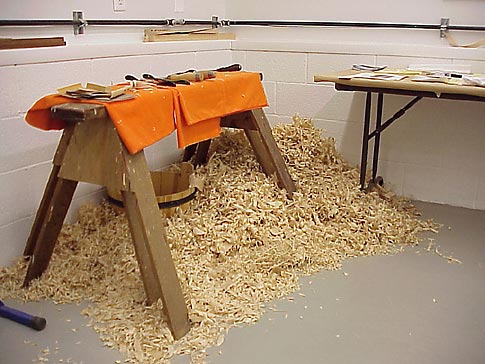
The propeller is then positioned for work on the center hub where work continues after the blades are finished. All that remains is the shaping of the tips and covering with fabric. The fabric has been applied to the tips, and the propeller awaits painting.
Over nineteen pounds of shavings were created during the carving process. The finished propeller weighed only six pounds. The remaining pound is unaccounted for, and assumed to be sawdust. Marianne Hudec, grand-niece of the Wrights, recalls her mother’s memory of wearing the long curly shavings in her hair while being baby-sat in the workshop by their Uncles Will and Orv.
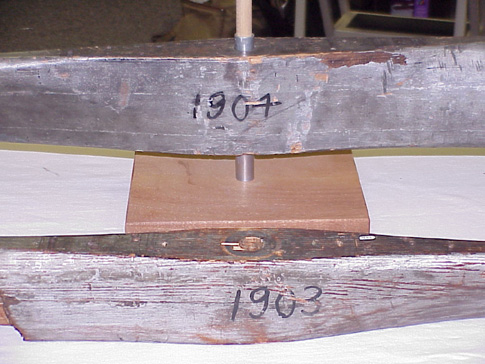
The propellers would be tested in a full scale wind tunnel. Only then would the team know if the reproductions matched the performance recorded by the Wrights. The Wrights recorded two static thrust measurements for the 1903 propellers, one for the 1904 propellers, and one for the 1911 propeller. These data points were the targets for the tests. When the data was plotted out against the Wrights’, the team would easily see the result of their efforts.
The tests were run in collaboration with Old Dominion University who own and operate the NASA-Langley Full Scale Wind tunnel in Hampton, Virginia. Two sets of tests were run: one for the 1911 bent-end propeller, and one for both the 1903 and 1904 propellers.
The Setup: The propellers were tested using an electric motor mounted atop a pylon in the tunnel. The motor’s performance was measured (using a flat bladed “club”—an object of known resistance, and the motor’s rpm) as a basis for the measurements of the propellers.
The Test: With atmospheric conditions recorded, the propellers were turned at increasing speeds, both with and without the air moving through the tunnel. Measurements were taken for speed, torque, thrust, and efficiency.
The Results: The data from the tests were analyzed by the team’s collaborators at Old Dominion University, led by Dr. Robert Ash. The team could not have been more pleased with the outcomes.
STATIC THRUST COMPARISONS
1903: Wright Brothers – 67 lbs thrust at 350 rpm
VS Wright Experience – 64 lbs thrust at 350 rpm
1904: Wright Brothers – 160 lbs thrust at 377 rpm (pair of propellers)
VS Wright Experience – 82.66 lbs thrust at 377.8 rpm (single propeller)
The 1903 and 1904 propellers static thrust performances showed “very good to excellent agreement” with the Wright’s own tests. The 1911 propellers efficiency was measured at 81.5%-an amazing result, as the best wooden propellers of today are capable of 84-85%. The complete results of the tests were published in papers by Old Dominion University and the Wright Experience.
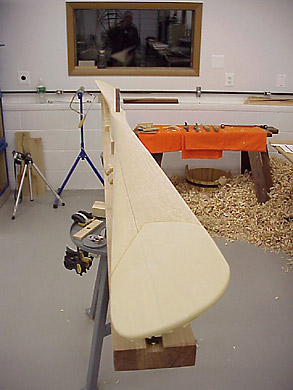
Once tested, our reproduction propellers will be used in full scale aircraft for both flight tests and static display. They would also serve as masters for future plane propeller production.
The Wright Experience has a number of reproduction Wright aircraft currently in production, including the 1903 Flyer commissioned by the EAA for the Countdown to Kitty Hawk celebration. The work accomplished by the program set out by the propeller prospectus will aid in the construction of the propellers to be used on that plane.
The Wright Experience’s work on the propellers represents not only a completed component for the aircraft, but also a significant contribution to the understanding of the Wrights’ achievement.
